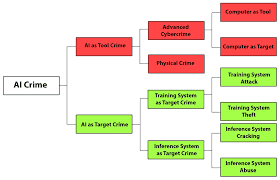Crime Classification Manual Part I Chapter 4 19
Crime
Classification Manual Part I Chapter 4 19
A
STANDARD SYSTEM FOR INVESTIGATING AND CLASSIFYING VIOLENT CRIMES
SECOND
EDITION
John E. Douglas,
Ann W. Burgess, Allen G. Burgess, and Robert K. Ressler, Editors
Thus, a given fact pattern might relate
very much to sadism and would be condensed under the heading of “actions that
cause a victim emotional suffering.” Or a perpetrator who enlists followers into
active criminality may be, according to the construct of antisocial by proxy, represented
well by “involving another person in the crime in order to maximize
destructiveness.”
After expanding the list of potential
intents, actions, and attitudes to encompass the range of imagination for potential
crimes, the Depravity Standard research project identified twenty-six items for
closer study by April 2001 (Welner, 2001). These items focus on the depravity
of a crime: that is, what is depraved. The items are event, history, and fact
driven. Questions of who is depraved, or evil, are more diagnostic and addressed
through the psychiatric diagnoses or theological sources. Questions of why, or
context, are well addressed in mitigation evidence and its rebuttal; the
Depravity Standard does not replace these elements of a case, as it confines
itself to the circumstances of the crime.




Comments
Post a Comment